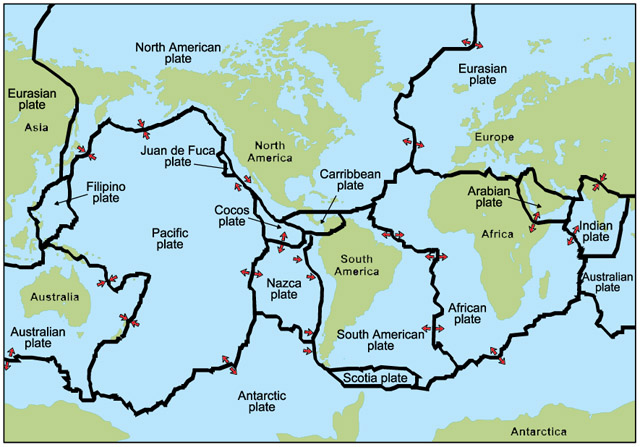On June 21, at noon there was an earthquake in my hometown. It wasn't anything serious, but it gave me inspiration to make this presentation on earthquakes.
The presentation is intended to be informative and meet criteria of Developing Data Products week 3 assignment.
The introductory information was taken from http://www.dummies.com/education/science/what-are-earthquakes/.
The data shown in this presentation was downloaded from Kaggle (https://www.kaggle.com/usgs/earthquake-database).
